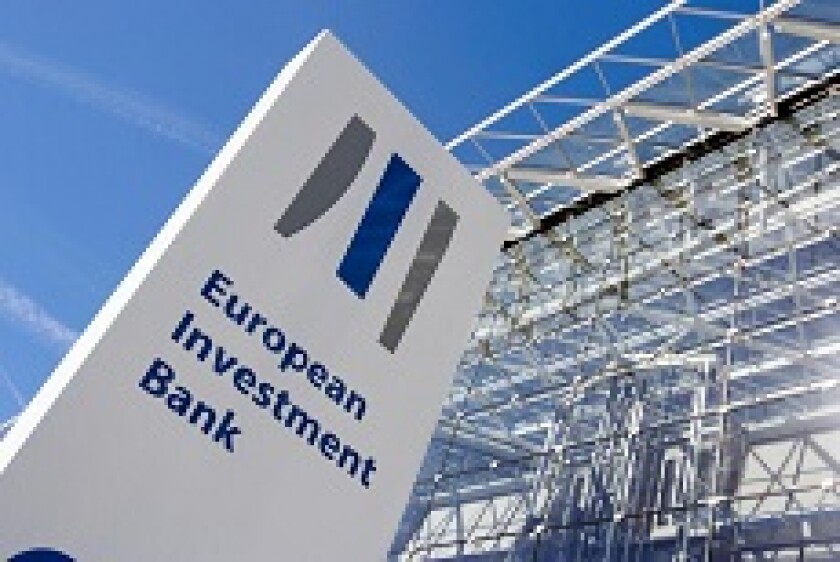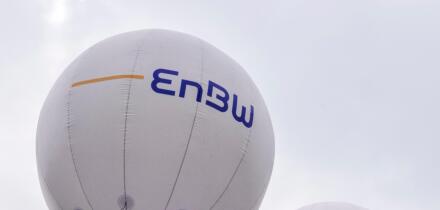A wider approach may have been more suitable for assessing the merits of instruments linked to the new risk free rates (RFRs) that are now being phased in to replace major key interest rate benchmarks collectively referred to as Ibors (interbank offered rates). After all, it is not every day that the global capital market is asked to ditch time-honoured benchmarks that are used to price an estimated $370tr of instruments spread over the world’s foremost derivative, bond and loan markets.
Engaging the wider community of market participants
The magnitude of the task facing all market participants was underscored in July 2017 by Chris Salmon, then executive director for markets at the Bank of England, when he said: “We do not underestimate the complexity of reducing the financial system’s Libor dependency.” He added: “The engagement, help and support of the wider community of users of sterling interest rate benchmarks — issuers, investors, banks, as well as dealers — will be essential.” Specifically, Salmon called upon market participants to help regulators identify the impediments as well as the opportunities associated with this colossal transition.
By the time of this speech, the European Investment Bank (EIB) had been at the forefront of this collaborative movement for several months. As early as April 2017, when the Working Group for Sterling Risk-Free Reference Rates recommended the adoption of a revamped Sterling Overnight Index Average (Sonia) as its preferred RFR, the EIB began work on the launch of the first Sonia benchmark.
Protracted Preparations
This process would take about 15 months, and involve exhaustive consultation with public bodies such as the Bank of England and the UK’s Financial Conduct Authority, as well as intermediary banks and investors.
“It’s fine saying you want to replace Libor with Sonia, but identifying precisely how to design a bond that is linked to Sonia is a very complex question,” says Xavier Leroy, capital markets officer, new products and special transactions, at the EIB’s Luxembourg headquarters. “The new instrument could be forward-looking or backward-looking; it could have a look-back period or a lock-out period. There are several different mechanisms available and the choice potentially has huge consequences for the whole market.”

From the outset, Leroy explains, the EIB’s priority was to ensure that its Sonia template was designed in such a way as to simplify the transition process for investors as far as possible. “We wanted to achieve a close alignment between the cash and the derivatives market, and to create a template that struck the right balance between complexity and precision,” he says. “In other words, we wanted something that was accurate enough to be used for hedging purposes without being too cumbersome.”
Swimming against the tide
The first priority, however, was to overcome investors’ scepticism about the prospects for the immediate introduction of an alternative to Libor. “At the beginning of the process, investors weren’t convinced that Libor would cease to exist by the end of 2021,” Leroy recalls. “So not only did we have to address the many technical challenges associated with introducing Sonia. We also had to swim against the tide in convincing investors to engage with the project in the first place.”
Leroy says that in this respect, the EIB was helped by two key speeches made in 2017 and 2018 by Andrew Bailey, chief executive of the FCA. These left investors in no doubt about the commitment of the UK regulator to stick to its timetable for doing away with Libor. In July 2017, Bailey emphasised that nobody should “rely on Libor being available after 2021”. Bailey concluded by advising: “Work must therefore begin in earnest on planning transition to alternative reference rates that are based firmly on transactions.”
The explicit link made by Bailey between the transition and the development of tangible transactions was especially significant for a regular issuer in the sterling market such as the EIB. This is because it underscored how important it was for investors to ensure that they had the necessary systems in place to execute and settle transactions linked to the new benchmark. “The crux of the challenge was to convince investors of the need to upgrade their existing IT infrastructure and risk models to ensure they could buy a Sonia-linked bond,” says Leroy.
Testing the new instrument
For the EIB, meanwhile, the next step was to simulate as closely as possible the process of issuing a Sonia-linked benchmark. In order to do so, for the first time in its history, the bank put its own systems to the test by issuing a number of small but real private placements linked to the new benchmark. “As well as allowing us to check the legal documentation, as we would do for any live transaction, this meant that we could test the whole settlement chain from issuer to end-investor with real rates and in real time,” says Leroy. “We also used the test to ensure that banks could repo the bonds amongst themselves and with the Bank of England.”
A number of surprises emerged from this exercise. One of the most notable of these was the failure to settle the test trade. “Because the mechanism was new and the coupon calculation was based on a five-day lookback, certain bank systems were unable to book the transaction,” says Leroy.
Another eye-opener arising from the test was that the majority of back office systems were unable to download or use data from Bloomberg because they did not recognise forward slash as a character in the Sonia ticker, which is SONIO/N. That meant that each back office system had to be fixed to recognise the ticker, which led to further delays.
A successful curtain-raiser for Sonia
The time-consuming, expensive and sometimes laborious spadework that the EIB and other participants put into preparing for the first Sonia-linked sterling benchmark was well worth it. On June 21, 2018, following three days of investor engagement, EIB announced initial price thoughts of Sonia plus 35bp for the ground-breaking five year trade. Demand from a granular range of over 50 investors allowed for the pricing of the £1bn benchmark to come in line with IPTs, with 75% of the bonds placed — as expected — with bank treasuries. Rom Balax, then managing director, head of FBG syndicate at NatWest Markets, neatly summarised the success of the deal: “The broad take-up of this issuance establishes the chosen structure of the bond as a credible gold standard for the market going forward.”
Exploring methodologies for Sofr
This did not, however, mean that it was immediately possible or desirable to cut and paste the Sonia structure when the EIB turned its attention to the dollar market. By November 2018, the bank was ready to launch its maiden floating rate benchmark linked to the Secured Overnight Funding Rate (Sofr), which was named as the US’s preferred RFR by the Alternative Reference Rate Committee in June 2017.
Richard Teichmeister, the EIB’s head of new products and special transactions funding, explains that in the dollar market there are two competing methodologies for structuring a floating rate coupon linked to Sofr. Domestic accounts, he says, favour a mechanism based on simple averaging with a lock-out period, where instead of compounding the coupon over the interest period, a simple average is calculated based on daily rate fixings.

“Although this has traditionally been used in the dollar market, as an issuer targeting investors worldwide, we believed it would ultimately be beneficial to apply a uniform methodology across all the markets and currencies where we are active,” Teichmeister adds. “However, we were not certain that demand from international accounts would be solid enough to use the same methodology we had applied for the Sonia trade. So the approach we adopted, which was based on compounding but with a four day lock-out period, was a mix of the Sonia mechanism and the US-centric template.” The result was a highly successful inaugural $1bn three year FRN offered at Sofr plus 32bp.
Notably, when the EIB returned to the Sofr market in June 2019 with another $1bn FRN with the same maturity, it applied the Sonia methodology, successfully printing the issue one basis point inside IPTs, at Sofr plus 29bp. “The development of the market by mid-2019 meant it had become easier for us to fully export the Sonia template and generate a very good response,” says Teichmeister. “Since then, we have seen borrowers such as the World Bank, Asian Development Bank and IADB all embrace the same template, which suggests that we have made progress towards developing a unified methodology.”
€STR — a slower burn
Issuance in euros has been slower to take off, given that the ECB published the new €STR rate for the first time at the start of October. Here too, however, the EIB has acted as a pioneer, selling the inaugural €STR-linked FRN in October. This was a €1bn three year FRN with a coupon of 200bp over the compounded €STR rate, which generated healthy demand in excess of €2bn.
With successful templates for new RFR-linked instruments established in the EIB’s core funding markets, the bank’s priority over the coming 12-18 months will be threefold, according to Leroy. The first will be to continue to promote the new products across the international investor base. “In Sonia the investor base is now pretty much established, given the push it has had from the regulator, but there is still work to be done in Sofr and especially in €STR,” he says.
The EIB’s second objective over the coming year will be to encourage the injection of more liquidity into the market by building a broader yield curve, particularly in euros. “We already have three lines in sterling and two in dollars, so the natural move is to offer more maturities in euros,” says Teichmeister.
A third ambition is to extend the spread of products to currencies such as Canadian and Australian dollars, both of which are important niche markets for the EIB. “The process in those markets is slightly more complicated because they are not core markets for the EIB in the way that euros, dollars and sterling are,” says Leroy. “We will also have to make sure the stars are perfectly aligned before we issue in those markets, because the pool of investors is smaller. If the major accounts don’t participate, it could put strain on the whole project.”






